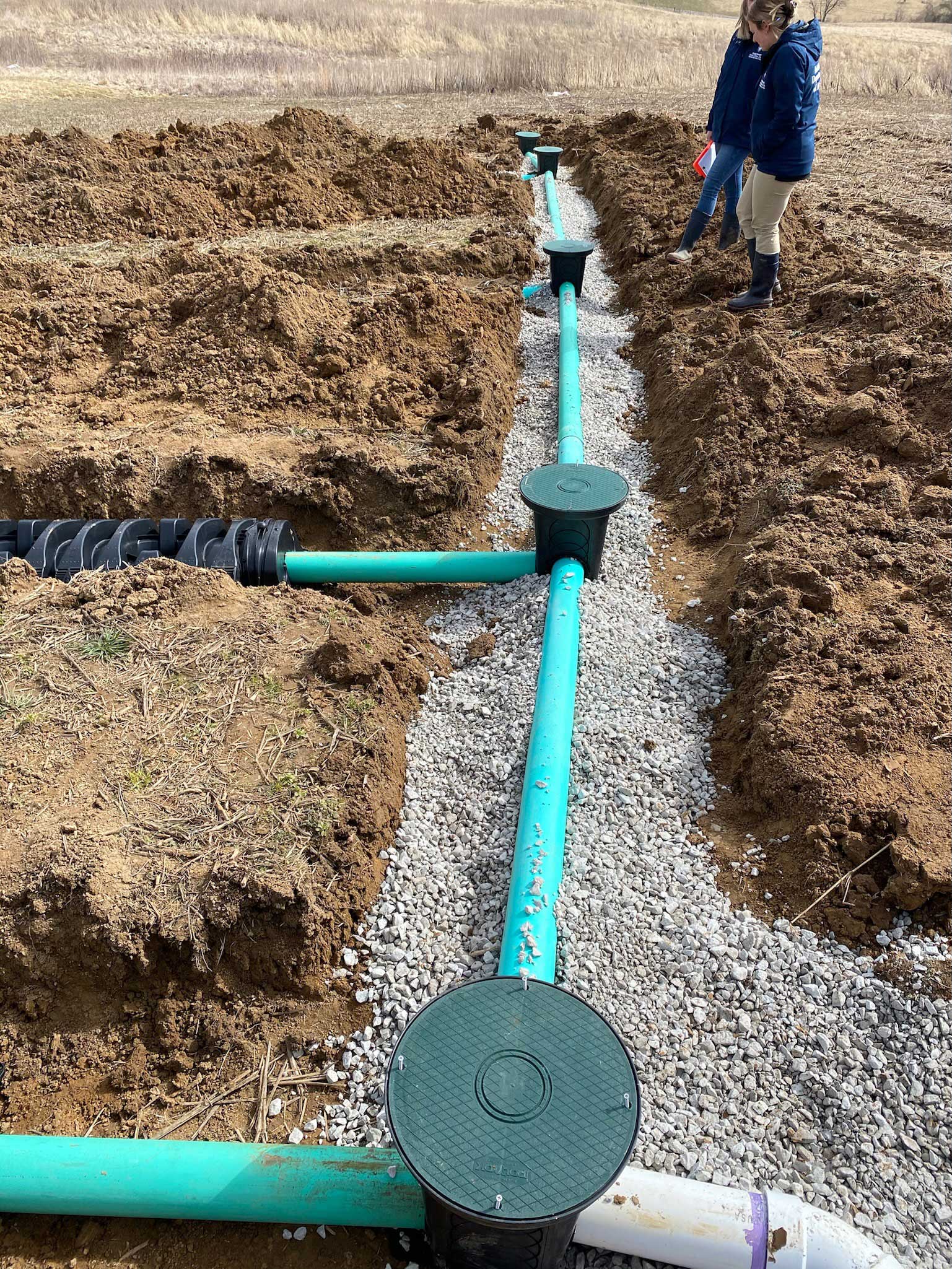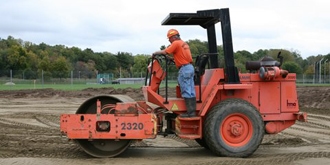Residential Excavating Ohio - Specialized Excavation for Ohio Houses
Residential Excavating Ohio - Specialized Excavation for Ohio Houses
Blog Article
Revealing the Art of Excavation: Pro Tips for Safe and Efficient Excavating
As dirt is turned and earth is relocated, the intricacies of excavation disclose themselves, demanding an eager understanding of equipment, dirt structure, safety procedures, and environmental considerations. The experience required to navigate these aspects effectively can indicate the difference in between an effective excavation project and a prospective calamity.
Relevance of Proper Equipment
To ensure the safety and efficiency of any kind of excavation task, making use of the appropriate equipment is critical. Excavation tasks vary in scope and complexity, ranging from small property landscape design jobs to large building undertakings.
These functional machines come in numerous dimensions to fit different task demands. Mini excavators are optimal for smaller jobs, while bigger excavators tackle more comprehensive projects successfully.
Excavators stand out in jobs that call for pressing large quantities of soil or particles. By investing in the proper devices, excavation tasks can be completed safely, on time, and with accuracy.
Understanding Soil Composition
A detailed understanding of soil structure is essential for implementing excavation projects with precision and security. Comprehending the different sorts of dirt is essential as it directly impacts excavation approaches, devices choice, and overall job efficiency. Soil structure typically includes four major elements: sand, silt, clay, and natural issue. Each component has distinct properties that influence exactly how dirt responds to excavation procedures.
Sand particles are the biggest and provide excellent drain however use little cohesion. Silt bits are smaller than sand yet larger than clay, using moderate drain and cohesion. Clay particles are the tiniest and supply high cohesion however poor drainage. Organic matter, such as decomposing plant product, affects soil fertility and security.
Prior to beginning excavation, conducting dirt examinations to establish its make-up and attributes is important. This information aids in picking the proper devices, implementing precaution, and creating excavation approaches tailored to the specific dirt conditions - lancaster excavation. By recognizing dirt structure, excavation professionals can enhance job outcomes while guaranteeing safety and security and adherence to best methods
Safety Measures and Protocols
Recognizing dirt structure is the cornerstone upon which precaution and protocols for excavation tasks are constructed, making sure the well-being of workers and the success of the undertaking. There are several crucial actions that need to be applied to reduce dangers and protect against accidents. when it comes to security throughout excavation.
Primarily, prior to any kind of digging commences, a thorough examination of the site must be performed to recognize any potential risks such as below ground energies, unpredictable dirt problems, or nearby structures that could present a threat. It is critical to have a skilled person supervise try this web-site the excavation process to ensure that all safety procedures are complied with strictly.
Furthermore, all workers involved in the excavation should be appropriately educated in risk-free digging practices and the correct operation of devices. By adhering to these safety measures and protocols, excavation tasks can be finished successfully and without occurrence.
Efficient Excavation Planning
When starting an excavation job, thorough preparation is vital to make certain performance, safety and security, and successful end results. Reliable excavation preparation entails a number of essential actions that are important for the smooth implementation of the task. The initial step is to perform a thorough website analysis to recognize any type of potential threats, such as below ground utilities or unpredictable dirt problems. This info is vital for creating an in-depth excavation plan that consists of safety and security procedures and run the risk of mitigation approaches.
Once the site evaluation is complete, the next action is to create a clear timeline and routine for the excavation tasks. This consists of identifying the sequence of jobs, devices needs, and manpower allocation. Proper organizing helps prevent hold-ups and ensures that the job stays on track.

Moreover, communication among all staff member try these out is paramount during the planning phase. Clear regulations, routine updates, and reliable coordination are crucial for an effective excavation project. By investing effort and time in meticulous planning, excavation teams can dramatically enhance productivity, minimize risks, and achieve successful results.

Taking Care Of Ecological Considerations
With increasing emphasis on ecological sustainability in building practices, taking care of environmental factors to consider has come to be a crucial element of excavation tasks. Excavation tasks have the potential to influence the surrounding atmosphere through dirt erosion, debris runoff, environment interruption, and contamination of water sources. To reduce these threats, it is necessary to execute ideal methods that focus on environmental management.

Additionally, appropriate waste administration is essential to stop dirt and water contamination. Carrying out treatments for the disposal of harmful products, recycling of waste products, and lessening making use of unsafe chemicals can significantly reduce the environmental influence of excavation tasks. By incorporating these practices right into excavation planning and implementation, building and construction firms can make certain that their tasks are not just risk-free and effective yet additionally ecologically accountable.
Final Thought
To conclude, understanding the art of excavation requires a thorough understanding of correct devices, soil make-up, precaution, and efficient planning. By adhering to these standards and thinking about environmental aspects, excavations can be conducted securely and effectively. It is crucial to focus on security and productivity in every excavating task click to guarantee effective outcomes.
As soil is transformed and earth is moved, the intricacies of excavation disclose themselves, demanding an eager understanding of devices, dirt structure, safety and security procedures, and environmental factors to consider.To guarantee the safety and security and effectiveness of any kind of excavation job, making use of the appropriate devices is paramount.A thorough grasp of dirt composition is basic for performing excavation tasks with precision and safety and security. Recognizing the various types of soil is essential as it straight impacts excavation approaches, equipment choice, and total project effectiveness. By understanding dirt make-up, excavation professionals can improve task end results while guaranteeing safety and security and adherence to finest techniques.
Report this page